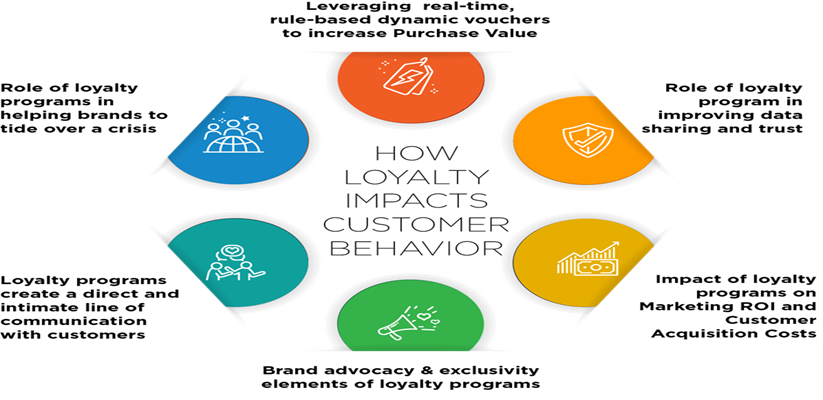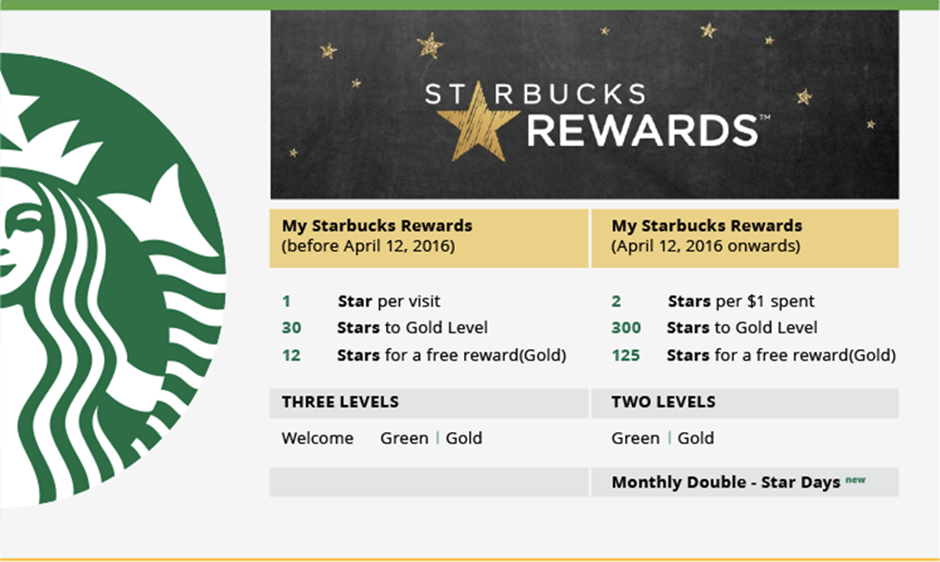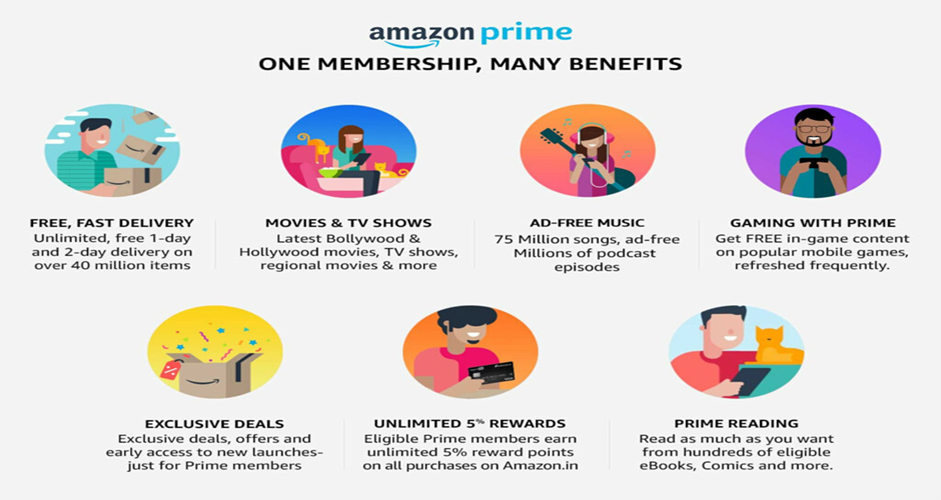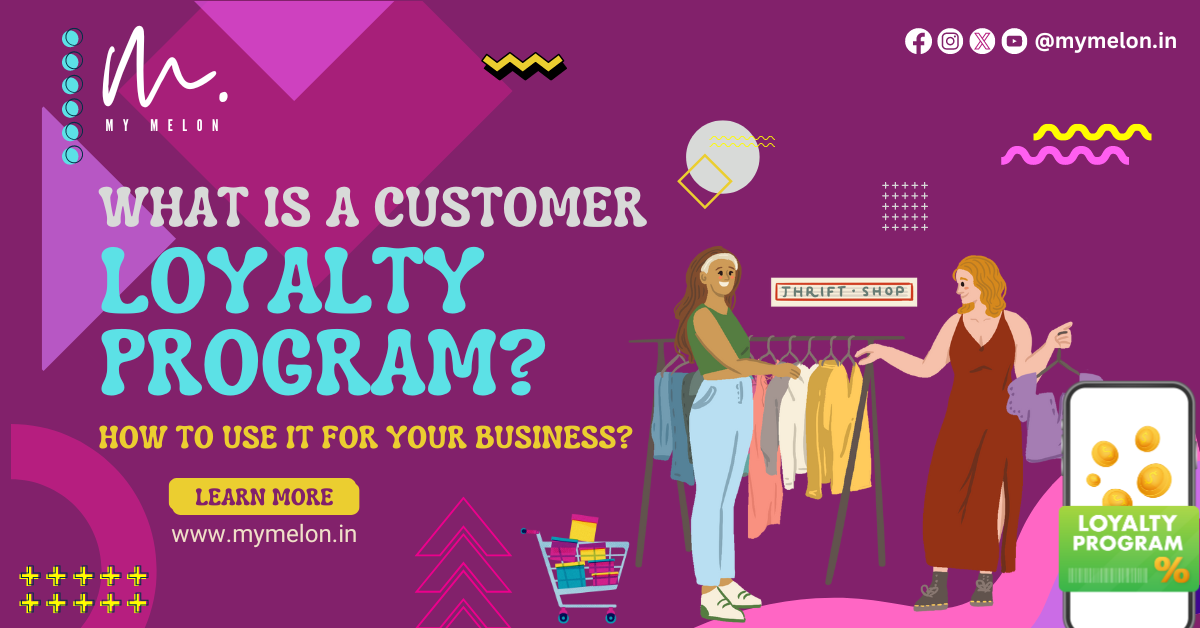One question that always echoes through the boardrooms of businesses whether large or small: How do we keep our customers coming back for more?
Customer loyalty programs have arisen as a powerful answer to this question, offering a strategic approach to cultivating long-term relationships with customers.
Customer loyalty programs – A Win-Win situation for both business & customers
When done right, loyalty programs can be a win-win for both businesses and customers, leading to a multitude of benefits that go beyond just increased customer retention and higher sales.
For businesses, loyalty programs can provide valuable insights into customer behavior and preferences. By tracking customer interactions with the program, businesses can gather data that can be used to personalize marketing efforts and improve overall customer experience. This data-driven approach can lead to more targeted campaigns, increased customer satisfaction, and ultimately, higher sales.
Moreover, loyalty programs can help businesses build a stronger brand presence in the market. By offering exclusive rewards and benefits to loyal customers, businesses can create a sense of exclusivity and belonging, which can help differentiate them from competitors. This can lead to increased brand loyalty and advocacy, as satisfied customers are more likely to recommend the brand to others.
On the customer side, loyalty programs offer a variety of benefits that can enhance their overall experience with a brand. These programs can make customers feel valued and appreciated, leading to a deeper emotional connection with the brand. This emotional bond can lead to increased customer loyalty and a willingness to continue doing business with the brand in the long term.

With that being said, it begs the question:
What do customers really want from a loyalty program?
Enticing rewards
Customers want to feel rewarded for their loyalty with offerings like free products, discounts, or access to exclusive events, ensuring that their continued support is recognized and appreciated.
Exclusive deals
Consumers seek exclusive deals such as free shipping or early access to sales, making them feel valued and distinguished as loyal customers, motivating them to continue engaging with the brand.
Hassle-free usage
Customers prefer loyalty programs that are easy to understand and use, with minimal maintenance required, ensuring a seamless experience that encourages them to participate regularly.
Create a customer loyalty program in 10 steps
Before diving into the details of your loyalty program, it’s crucial to identify your goals. Are you looking to increase customer retention, boost sales, or improve customer engagement? By clearly defining your objectives, you can tailor your loyalty program to achieve the desired outcomes.
Choose the Right Type of Program
There are several types of loyalty programs, each with its own benefits and drawbacks. Points-based programs, tiered programs, and paid programs are just a few examples. Choose a program that aligns with your business objectives and appeals to your target audience.
Design a Rewarding Program
The success of your loyalty program hinges on the perceived value of the rewards you offer. Make sure your rewards are meaningful and relevant to your customers. Consider offering exclusive discounts, early access to new products, or personalized rewards to enhance the appeal of your program.
Promote Your Program
Once you’ve designed your loyalty program, it’s important to promote it effectively. Use a mix of online and offline marketing channels to reach your target audience. Social media, email marketing, and in-store promotions can all be effective ways to generate interest in your program.
Engage Your Customers
Engagement is key to the success of any loyalty program. Keep your customers engaged by regularly communicating with them through email newsletters, social media updates, and personalized offers. Encourage them to participate in your program by making it easy to earn and redeem rewards.
Provide Excellent Customer Service
Customer service plays a crucial role in customer loyalty. Make sure your customers have a positive experience whenever they interact with your brand. Address any issues or concerns promptly and make it right for the customer.
Offer Experiential Rewards
While discounts and freebies are great, consider offering experiential rewards that create memorable experiences for your customers. This could include exclusive access to events, behind-the-scenes tours, or personalized experiences that money can’t buy.
Build a Community
Loyalty programs are not just about transactions; they’re about building a community of loyal customers. Encourage interaction among your customers through online forums, social media groups, or exclusive events. This sense of community can foster loyalty and encourage customers to advocate for your brand.
Measure & Analyze
To gauge the effectiveness of your loyalty program, it’s important to track key metrics such as customer retention, repeat purchase rate, and ROI. Use this data to identify areas for improvement and make adjustments to your program as needed.
Types of Customer Loyalty Programs
From points-based programs to subscription services and cashback programs, there are countless ways for businesses to create meaningful connections with their customers and keep them coming back
Points Programs
Points programs are a popular choice for many businesses because they are simple yet effective. Customers earn points for every purchase or action they take, which can then be redeemed for rewards. This creates a sense of accomplishment and progress for customers, encouraging them to continue engaging with the brand. Points programs also allow businesses to collect valuable data on customer behavior, which can be used to personalize future offers and promotions.
Tier-based Programs
Tier-based programs are designed to reward customers based on their level of engagement or spending. By offering different levels of rewards, businesses can motivate customers to increase their spending or engagement in order to unlock higher tiers. This not only increases customer loyalty but also drives revenue growth for the business. Tier-based programs also create a sense of exclusivity for customers, as they strive to reach the next level and access more valuable rewards.
Mission-based Programs
Mission-based programs are a creative way to engage customers and encourage specific behaviors. By setting clear missions or tasks for customers to complete, businesses can incentivize actions that are beneficial to their goals. For example, a mission-based program could encourage customers to refer friends, write reviews, or share content on social media. This not only increases customer engagement but also helps spread the word about the brand to new potential customers.
Spend-based Programs
Spend-based programs reward customers based on how much they spend. This encourages customers to increase their spending in order to earn more rewards, driving revenue for the business. Spend-based programs can also help businesses identify their most valuable customers, allowing them to tailor offers and promotions to maximize their value.
Gaming Programs
Uses elements of gamification to engage customers and make the loyalty program more fun and interactive. This could include challenges, leaderboards, or virtual rewards that customers can earn by completing certain actions. Gaming programs appeal to customers’ competitive nature and encourage them to stay engaged with the program over time.
Free Perks Programs
It offers customers exclusive benefits or perks for being a member. This could include things like free shipping, early access to sales, or birthday rewards. Free perks programs create a sense of value for customers and can help differentiate a brand from its competitors.
Subscription Programs
Subscription programs require customers to pay a recurring fee in exchange for benefits or rewards. This creates a steady stream of revenue for the business and encourages customers to remain loyal in order to continue receiving the benefits of the program. Subscription programs can also help businesses forecast revenue and plan inventory more effectively.
Community Programs
focus on building a sense of community among customers. This could include exclusive events, forums, or social media groups where customers can interact with each other and the brand. Community programs create a sense of belonging for customers and can help foster long-term relationships with the brand.
Refer-a-friend Programs
It incentivizes customers to refer their friends and family to the program. Customers earn rewards for each successful referral, creating a win-win situation for both the customer and the business. Refer-a-friend programs leverage the power of word-of-mouth marketing to acquire new customers and can be a cost-effective way to grow a loyal customer base.
Paid Programs
Paid programs require customers to pay a fee to join the loyalty program. In exchange, customers receive exclusive benefits or rewards. Paid programs can create a sense of exclusivity and value for customers, as they are willing to pay for access to special perks or rewards. Paid programs can also help offset the costs of running the loyalty program and generate additional revenue for the business.
Cashback Programs
Cashback programs reward customers with a percentage of their purchase amount back in the form of cash or credits. Cashback programs incentivize customers to make purchases by offering them a tangible reward for their loyalty. Cashback programs can also help increase customer retention, as customers are more likely to continue shopping with a brand that rewards them for their loyalty.
Leading Brands Excelling at Customer Loyalty:
Starbucks Rewards

Starbucks Rewards is often regarded as one of the best retail loyalty programs in existence and one of the most engaged among its members. According to a CNN report, by October 2022, there were 28.7 million active Starbucks reward members. Giving Starbucks a 16% year-over-year growth in its loyalty program.
Amazon Prime

On the other hand, Amazon Prime, with its annual subscription model, has redefined loyalty by offering customers free shipping & exclusive deals, and access to a plethora of entertainment options. This multifaceted approach has not only fostered customer loyalty but also propelled Amazon to the forefront of e-commerce dominance.
Overall loyalty programs have the potential to be a powerful tool for businesses looking to increase customer retention, drive sales, and build a strong brand presence in the market. By understanding the needs and preferences of their customers and designing programs that offer meaningful rewards and benefits, businesses can create mutually beneficial relationships…





